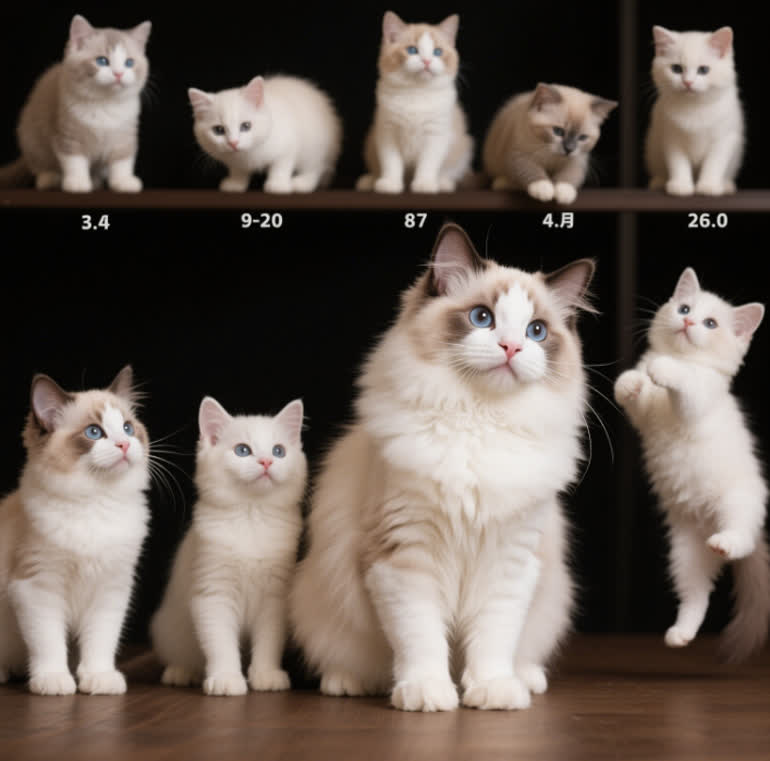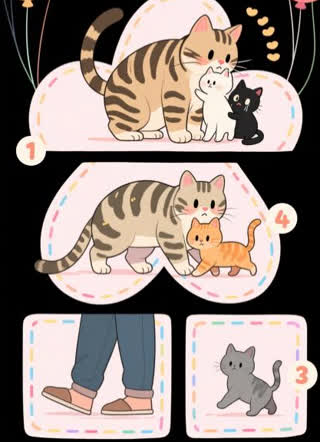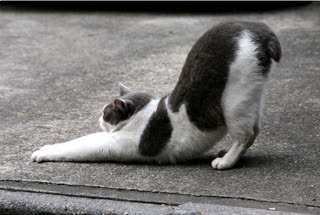The Ragdoll cat breed, known for its striking blue eyes, silky fur, and gentle temperament, is a favorite among cat lovers. As a Ragdoll owner, monitoring your kitten’s growth is crucial to ensure they develop into a healthy adult. If you’re searching for a "Ragdoll cat growth calculator by month," you’re likely eager to understand weight milestones, dietary needs, and potential health red flags. This comprehensive guide will walk you through using a growth calculator effectively, interpret growth patterns, and provide tips to support your Ragdoll’s development every step of the way.
Understanding Ragdoll Cat Growth Stages
Ragdolls are slow-maturing cats, often reaching full size between 3–4 years. However, their monthly growth during kittenhood is a strong indicator of long-term health. A Ragdoll cat growth calculator by month helps track weight, compare it to breed standards, and identify deviations that may require veterinary attention.
How to Use a Ragdoll Cat Growth Calculator by Month
1. Birth to 3 Months: Rapid Growth Phase
Weight Range: Newborns weigh 3.5–4.5 ounces; by 3 months, they typically reach 3–5 pounds.
Key Focus: Monitor weight gain (0.5–1 oz daily). Use a Ragdoll cat growth calculator by month to ensure they’re on track.
Diet: High-protein kitten food, fed 4–5 times daily.
2. 4–6 Months: Steady Development
Weight Range: 5–9 pounds.
Calculator Tips: Input monthly weights to predict adult size. Ragdolls often double their 6-month weight by adulthood.
Behavior: Increased energy and playfulness; adjust calorie intake accordingly.
3. 7–12 Months: Slowing Growth
Weight Range: 9–12 pounds for females; 12–15 pounds for males.
Health Checks: Use the Ragdoll cat growth calculator by month to flag underweight or overweight trends. Consult a vet if growth stalls.
4. 1–4 Years: Final Maturation
Adult Size: Females: 10–15 lbs; Males: 15–20 lbs.
Calculator Accuracy: Compare your cat’s progress to breed averages to assess overall health.
Factors Influencing Ragdoll Growth
Genetics: Parent size strongly predicts kitten growth.
Diet: High-quality protein and controlled portions prevent obesity.
Health Issues: Parasites, thyroid disorders, or dental problems can stunt growth.
Neutering/Spaying: May slightly slow metabolism post-surgery.
Top 3 Ragdoll Growth Calculators for 2024
PetMD Kitten Weight Tool
Customizable for breed-specific metrics like Ragdolls.
Generates monthly projections based on current weight.
Ragdoll Fanciers Club Calculator
Uses historical data from registered breeders.
Includes tips for adjusting diet during growth spurts.
VetCalc Ragdoll Tracker
Integrates vet-recommended BMI ranges.
Alerts for potential health concerns.
Common Mistakes When Tracking Growth
Overfeeding: Ragdolls love food, but obesity risks joint issues. Stick to calculator-recommended portions.
Ignoring Plateaus: A growth stall for 2+ weeks warrants a vet visit.
Misinterpreting Size: Ragdolls are naturally large; focus on proportional growth rather than absolute weight.
Expert Tips for Healthy Development
Monthly Weigh-Ins: Use a baby scale or vet visit for accuracy.
Balanced Diet: Prioritize foods with taurine, omega-3s, and minimal fillers.
Exercise: Encourage play with feather wands or puzzle feeders to maintain muscle tone.
When to Consult a Veterinarian
Underweight Kittens: Below 10th percentile on the Ragdoll cat growth calculator by month.
Sudden Weight Loss/Gain: Could indicate parasites, diabetes, or organ issues.
Delayed Milestones: Failure to open eyes (by 2 weeks) or walk steadily (by 4 weeks).
A Ragdoll cat growth calculator by month is an invaluable tool for proactive pet parents. By tracking weight, comparing trends, and addressing issues early, you’ll give your Ragdoll the best chance at a long, healthy life. Pair this data with regular vet checkups and a nutrient-rich diet to nurture your feline companion’s unique charm.










